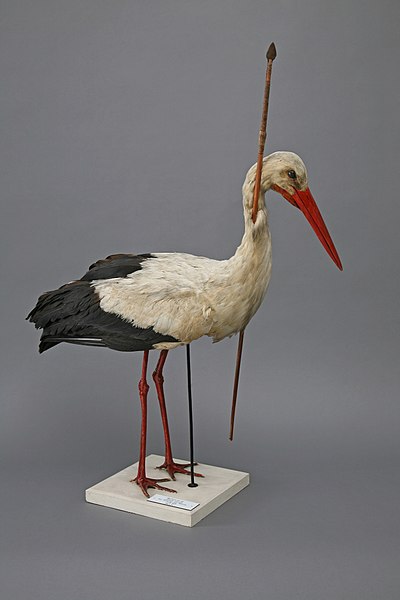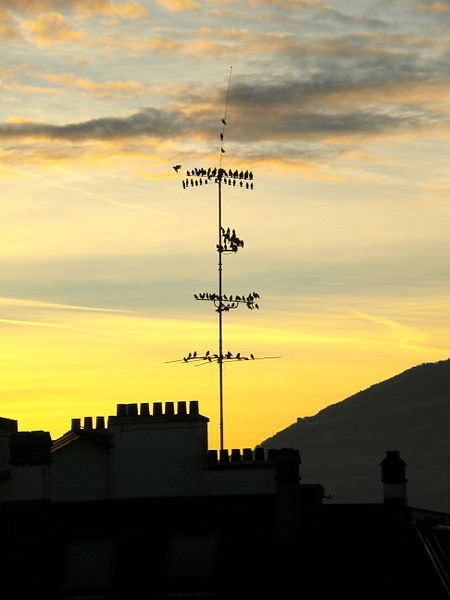A flyway is a flight path used by large numbers of birds while migrating between their breeding grounds and their overwintering quarters. Flyways generally span continents and often pass over oceans. Although applying to any species of migrating bird, the concept was first conceived and applied to waterfowl and shore birds. The flyways can be thought of as wide arterial highways to which the migratory routes of different species are tributaries. An alternative definition is that a flyway is the entire range of a migratory bird, encompassing both its breeding and non-breeding grounds, and the resting and feeding locations it uses while migrating. There are four major north–south flyways in North America and six covering Eurasia, Africa, and Australasia.
Waterfowl arriving in California's Central Valley, a staging point on the Pacific Flyway
Bird migration is the regular seasonal movement, often north and south, between breeding and wintering grounds. Many species of bird migrate, typically by flying. Migration carries high costs in predation and mortality, and is driven primarily by the availability of food. It occurs mainly in the Northern Hemisphere.
A flock of barnacle geese during autumn migration
Minoan fresco of swallows in springtime at Akrotiri, c. 1500 BC
The Rostocker Pfeilstorch, found in 1822, demonstrated that birds migrated rather than hibernating or changing form in winter.
Flocks of birds assembling before migration southwards (probably common starling)





